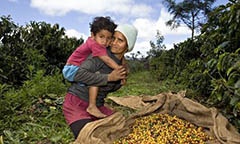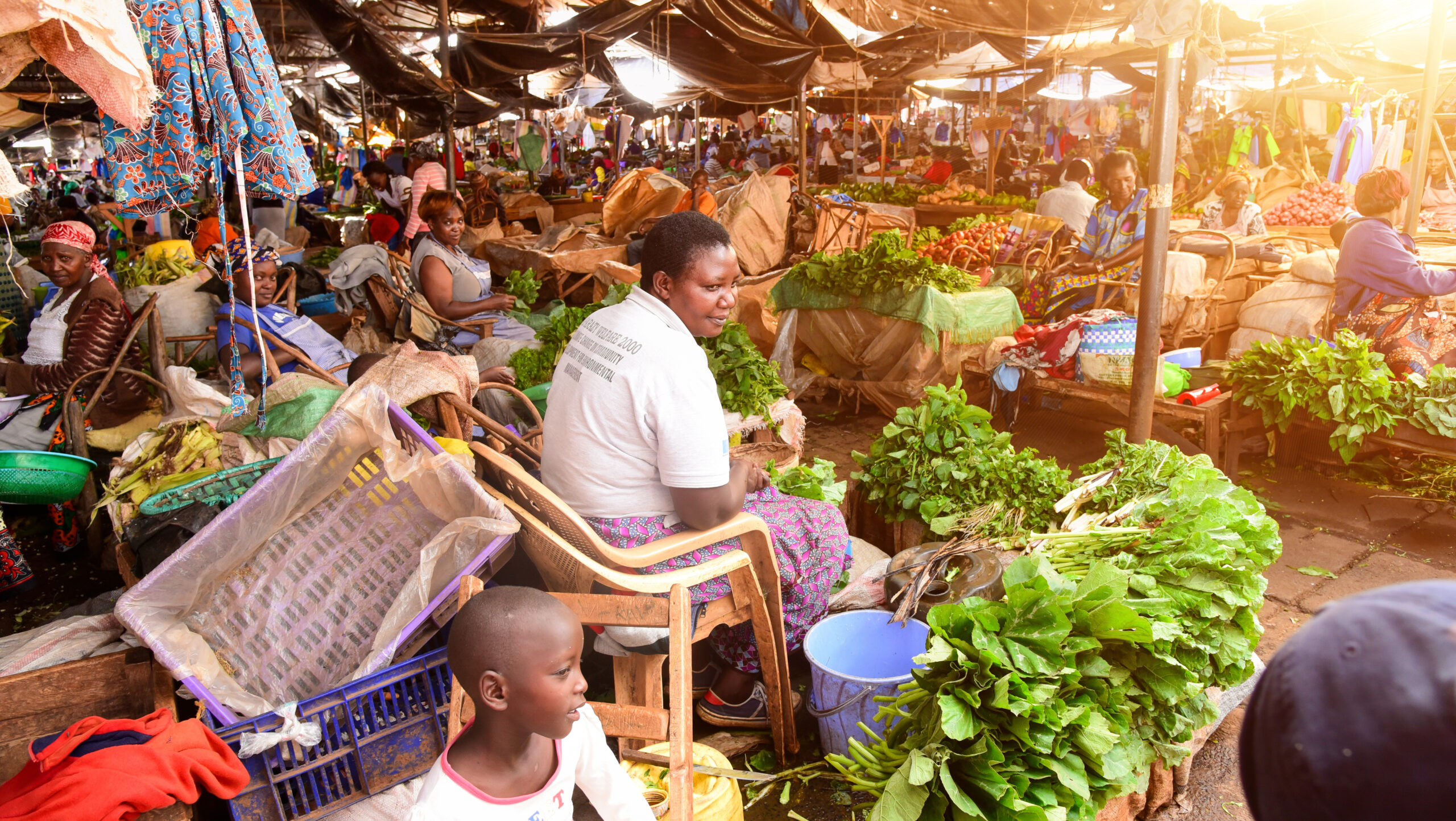This blog story by IFPRI senior researcher Lawrence Haddad was originally posted on The Guardian’s Global Development Professionals Network.
We have long known that empowered women are more able to take decisions that benefit them and their children. More empowered people have the control to make decisions about their own freedom of movement and how to allocate resources, as well as about domains as fundamental as their own bodies.
As far back as 20 years ago, studies showed that when women have greater control of household income and assets, the food and nutrition status of their children tends to improve. Yet today, the evidence (pdf) confirms that women continue to have less access to resources than men.
A new study covering 116 low and middle-income countries over the 1970-2012 period explores the relationship between two readily available proxies of women’s control over their lives: girls’ secondary education enrollment rate and the ratio of female-to-male life expectancy. It finds that these two indicators are associated with 32% of the explained declines in stunting over this time period for these countries.
This general finding – that women’s power is associated with better nutrition – is increasingly being woven into recommendations on how to make interventions for social protection, agriculture, education and water and sanitation more sensitive to improving nutrition. The evidence base is not as strong as we would like, but the general consensus is that if these programmes are to have more impact on nutrition, women should be supported to have a greater say in their design and implementation.
In agriculture, this might mean improving women’s rights to land and investing in improving their farming knowledge, as well as incentivising institutional and technological innovations that save women’s energy and time. In Burkina Faso, a Helen Keller International homestead gardening programme helped to secure communal land for village model farms to allow women to become the main participants. This altered gender norms and increased women’s access to assets, and improved diets for all.
In social protection, it might mean targeting cash or food to women. A recent study found that Bolsa Familia, the Brazilian social protection programme that gives cash to women, increased women’s decision-making power over fertility and healthcare costs. In sanitation programmes, it means involving women in the design of interventions – they know best how their children come into contact with pathogens.
But it is also important to be aware that there may be negative side effects to some interventions aiming to empower women. For example, there is some evidence that channeling microfinance to women can lead to an increased threat of violence, and that increased empowerment of women is not an unqualified good thing for child nutrition. In addition, any extra participation or engagement of women in decision-making and planning takes up their time – something that is often overstretched as it is.
For the nutrition community, it is less clear to what extent they should invest energy in working with others to a) lobby for stronger laws – and enforcement– to guarantee maternity leave, protect women from violence and ensure fair asset distribution upon marriage breakdown; b) promote women’s representation in decision-making bodies at all levels: village councils, intervention management teams, clinic management, district administration, and planning commissions.
Such decisions need to be taken on a case-by-case basis. These kinds of interventions are not under the control of nutrition programmers, but are potentially more powerful for nutrition at scale if they can be put in place. An example is this study concluding that a higher proportion of women on Indian village councils led to council decision-making that was more pro-health.
Make no mistake about it, women’s empowerment is vital in its own right. It should not be pursued merely as an instrument to improve the nutrition status of children. But since the weak empowerment of women inevitably holds back nutrition interventions, those designing and implementing programmes must take into account local norms surrounding gender relations. In the short term, they need to prevent the negative consequences on nutrition of women without power. In the medium-term, the increased involvement of women in designing and implementing nutrition interventions can contribute to their empowerment.
Unfortunately, there are more questions than answers. As much research reminds us, women’s empowerment, like nutrition improvement, is a journey, not a fixed point that yields to simple policies.







